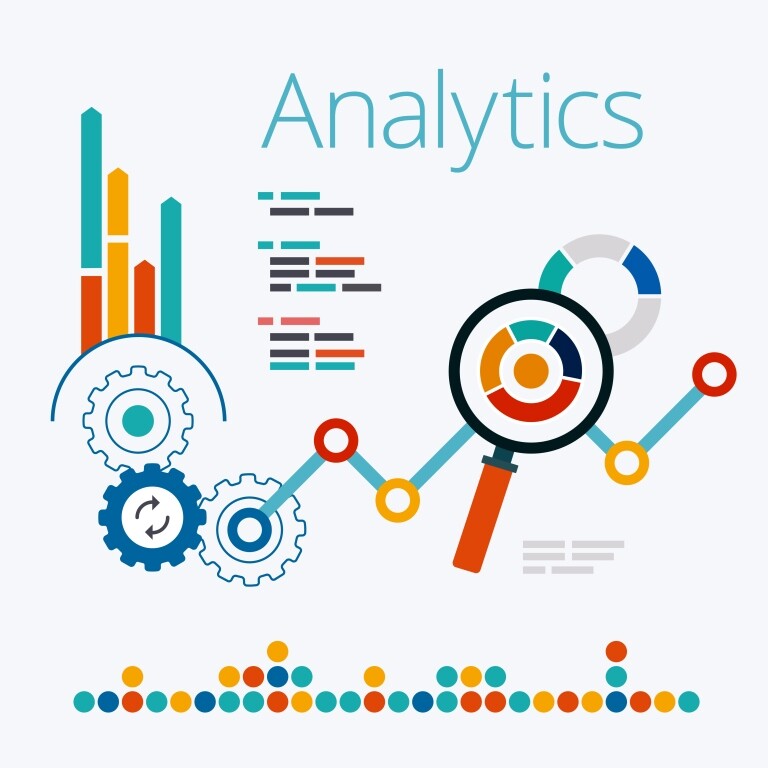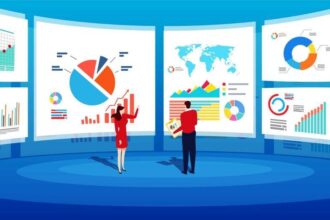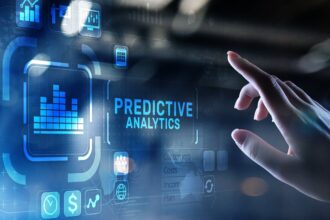Due to the increased capabilities of technology, data visualization has become more accessible in recent years. Many software programs and other tools help people “see” data quickly, but there was a time when it used to take much longer.
Although making sense of data without huge paragraphs of text or daunting spreadsheets is extremely advantageous to some people — depending on how they prefer to digest data — it’s also important to understand misinformation visualization. Data analysts have a responsibility to prevent it so that people correctly interpret analytics.
People Can Understand Visual Data Faster
One of the reasons data visualization presents such valuable opportunities is that people can process pictorial data much quicker than text alone, according to some statistics. Specifically, one study found humans could process images in as few as 13 milliseconds. That means data interpretation can theoretically begin before conscious thought does, letting people immediately start understanding what they see.
Varying Opinions and Insights About Learning Styles
For decades, people have believed in different learning styles and that when individuals receive content most suitable to their style, they’ll be most likely to comprehend it. The concept is still pervasive in society, and most people still think it’s valid even though scientists have had difficulty proving that learning styles exist.
So data specialists who think, “I need to present my data visually because my audience is full of individuals who learn best with pictures” may be relying on outdated information. Instead of focusing on what viewers might like to see, it could work better to think about whether pictures would make certain data more educational than they would be through text alone.
A positive quality of data visualization is that it can illuminate statistics that aren’t easy to identify in other, picture-less formats. As a result, it often highlights trends and patterns not apparent when people view data in other ways.
Ways to Present Visualized Data
In the same way a filmmaker has a certain goal in mind when shooting a documentary, data analysts usually have objectives too. It’s crucial to remember that a person can present visual data in numerous formats. An individual preparing to show a chart to an auditorium full of people may experiment with various graphical representations.
In a positive scenario, this approach allows data analysts to figure out the most effective ways to get people to the heart of the story told by the statistics. However, it’s also essential to make sure the data is not presented in a way that leads to misinformation visualization.
What Are the Common Factors That Can Cause Misinformation Visualization?
When people see information explained through data visualization, they must remember to ask themselves whether what’s shown is — purposefully or unintentionally — only showing part of the story. With a news article, it’s easier for individuals to dig deeper by checking facts and further research to see if other pertinent points weren’t covered in the piece.
In addition to graphs that don’t tell the whole story, there are other ways that misinformation visualization can occur. A dramatic shift in the hue of colors used, such as rapidly transitioning from a deep purple to a bright yellow, could make people incorrectly assume that a chart shows a substantial change.
Or, a data analyst might create a bar graph with a Y-axis that doesn’t start at a zero baseline. Because people are accustomed to those kinds of charts beginning at zero and working upward, they could easily forget to check where the one they’re looking at starts. Some audience members may also be sitting too far away from visualized data to examine it closely, especially when it’s projected on a screen in a large auditorium.
Visualized data can also be so captivating that people only think about its impressive, attractive appearance. They don’t force themselves to see past all the dazzling animations or colors to wonder if they’re missing anything, or if the person who made the visualization did so to conceal a particular data set while drawing attention to another.
Sizes and segments can cause people to reach the wrong conclusions when looking at graphically represented data as well. Sometimes, individuals create pie charts with too many sections, so they add up to an incorrect, high percentage.
The creators of visual data with those kinds of mistakes may not be purposefully lying. The problem could come from incompetence or carelessness. Even so, misinformation visualization can contribute to substantial issues, especially when people depend on the data in question while making business decisions.
Turning Awareness Into Action
Now that you know how and why misinformation visualization distorts data, it’s possible to fight back against it and make sure it’s not tarnishing your findings. Before presenting visualized data to an audience, ask yourself if the viewers could unknowingly extract invalid information from it. Are there ways you could make that situation less likely?
Furthermore, provide as much context about the data as possible. Don’t expect people to do additional, independent research that gives them a more thorough picture of the presented material. Most of them will probably just look at what they see and not question it, which is why you need to fill in the gaps with relevant information that helps them accurately understand the full picture.
Lack of awareness prevents some of the most common and potentially misleading analytics blunders. By applying your knowledge to avoid misinformation visualization, you can help people use and interpret data in valuable ways.









